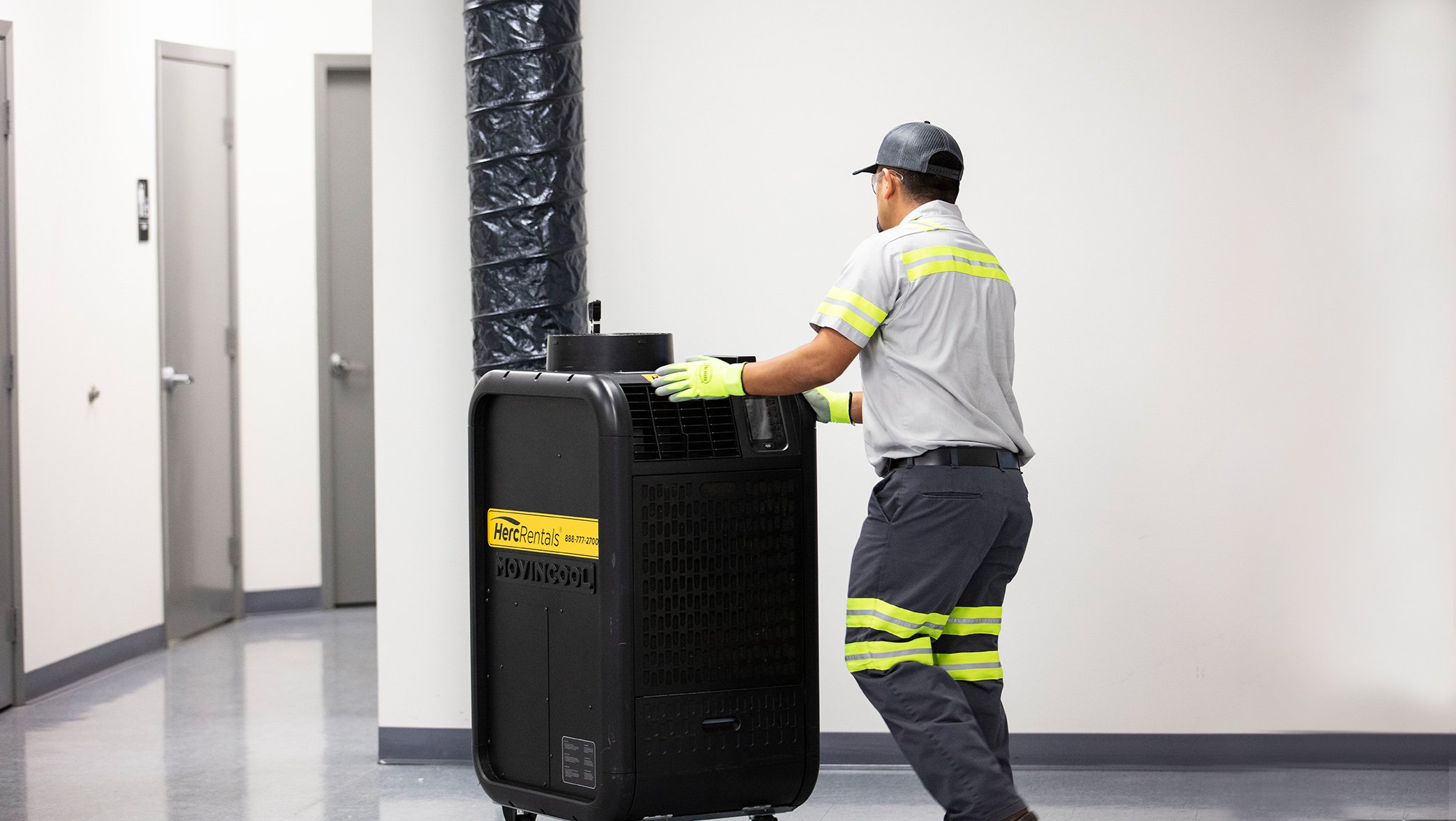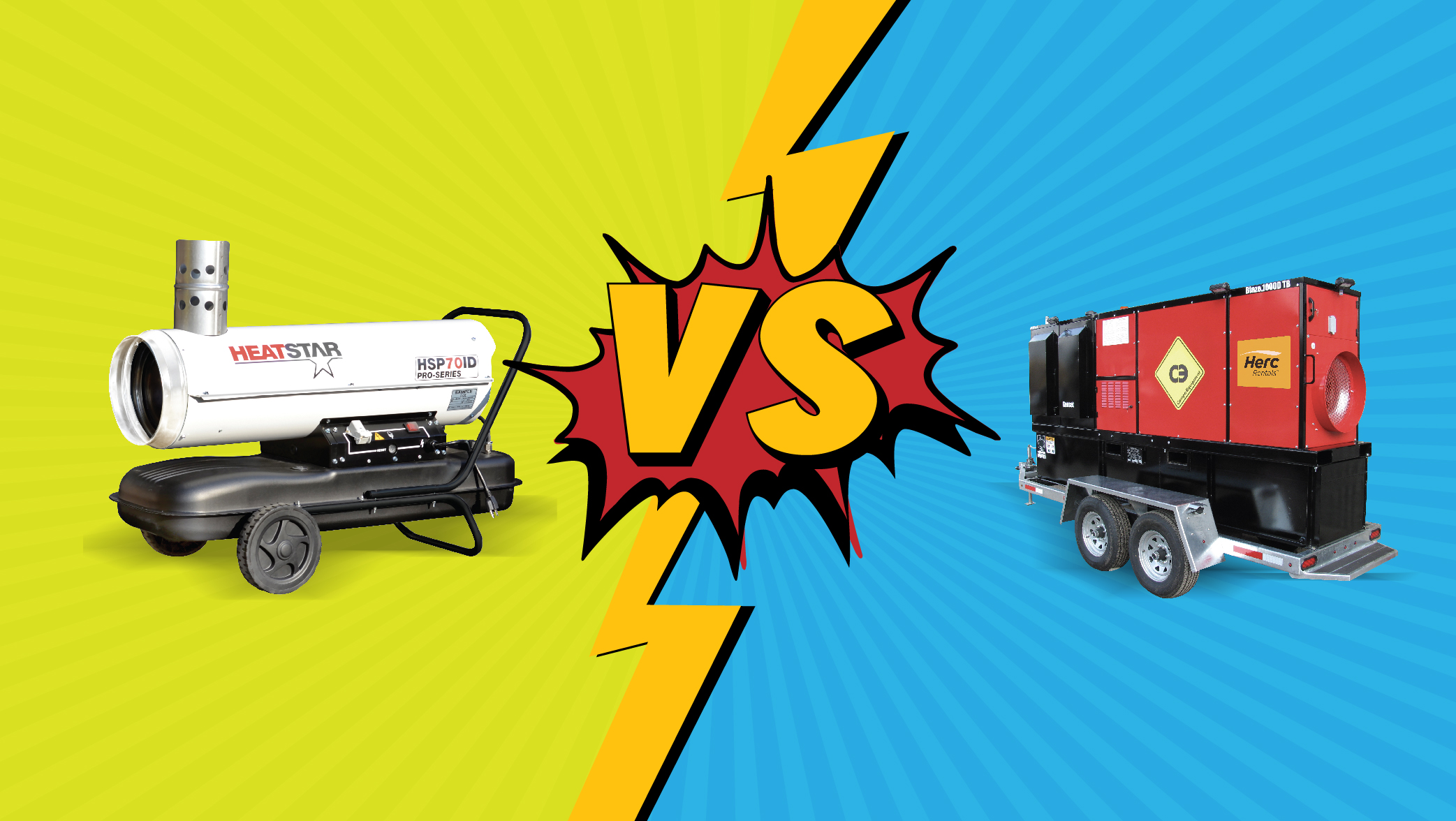Sustained freezing temperatures can create big problems for apartment buildings, industrial facilities, business owners and homeowners. With a threat of pipes freezing, potentially bursting, and leading to extensive flooding and substantial water damage, it’s vital for building and facility managers — as well as homeowners — to take necessary precautions.
While the most significant threat of freezing pipes rests in cold weather climates, as we have seen over the past few years, even states like Arizona, New Mexico, Nevada, Texas, Georgia and Florida aren’t immune.
How to Prevent Frozen Pipes
- Disconnect outdoor water hoses before the start of winter or before the temperature drops below freezing. (Note: If water inside a hose freezes, it can eventually reach your interior pipes and lead to a potential burst.)
- Insulate all water pipes that could be exposed to cold. (Note: Insulation alone does not prevent freezing. All it does is slow the freezing process. If you have pipes exposed, heat tape — a type of electrical cable that, when wrapped around or snaked through a pipe, applies a controlled amount of heat to prevent freezing — is a solution worth considering. There are two types of heating tape: One type can sense when heat is required and turns itself on or off automatically, while the other type must be plugged in when heat is required.
- Leave the heat on. Never set interior temperature below 60° F (15.5° C)
- If you have an outdoor sprinkler system, turn off your sprinkler system and blow compressed air through the irrigation lines to drain all the water out of the system.
- Protect exterior faucets with insulated foam covers.
- Seal any gaps or cracks in floors and walls where water pipes are located.
- Make sure attics, basements, and more are properly insulated. (Note: Pay extra attention to the areas around utility service lines.)
- Consider installing Styrofoam blocks to cover closed crawlspace vents and insulating light fixtures.
- Let the faucet drip. If you’re worried about a pipe freezing, an open faucet will help relieve the pressure built in the system and reduce the risk of a bursting pipe.
- Consider placing a 60-watt bulb in areas where there’s a potential of pipes freezing. (Note: Clear the area of all combustible materials near the bulb.)
- Know where your main water valve is located so if a pipe does freeze, you can turn off the water supply and limit the amount of damage of a frozen pipe bursting.
The time you take to follow the above precautions will help you reduce the risk of damage and a costly clean-up. For more on preventing pipes from freezing, click HERE.
Recognize the Warning Signs
One of the biggest and earliest warning signs of a frozen pipe is a lack of water coming out of a faucet. If no water is coming out of the faucet after you turn the water on, the next thing you should do is make sure the water valve is turned on, and there are no apparent leaks. Then, continue the inspection to ensure no pipes have burst. If your search reveals frozen pipes, but no pipes have burst, call a plumber immediately or, if you want to do it yourself, consider renting a portable electric heater. However, it may be wise to leave this process to professionals due to the difficulty of locating and accessing a frozen pipe — and that thawing can be dangerous if not done correctly.
A Quick Fix?
While it’s advised that thawing a frozen pipe should be left to professionals, there are some things you can do while waiting for help to arrive.
- Keep your faucet open. Opening the faucet prior to beginning the thawing process will allow water and steam to escape resulting in a faster thawing process.
- Consider using a hairdryer or an electric heating pad to target the section of frozen pipe. Another temporary DIY option includes wrapping towels soaked in hot water. The towels can then be applied to frozen area of the pipe.
- Never use a blowtorch, propane or kerosene heaters, a charcoal stove or any other open flame device to thaw your frozen pipes.
- If the frozen pipes are located inside an exterior wall, do not attempt to do this yourself. Call a professional contractor immediately.
For more information on heating, pipe fabrication tools, or air compressors, click HERE.


